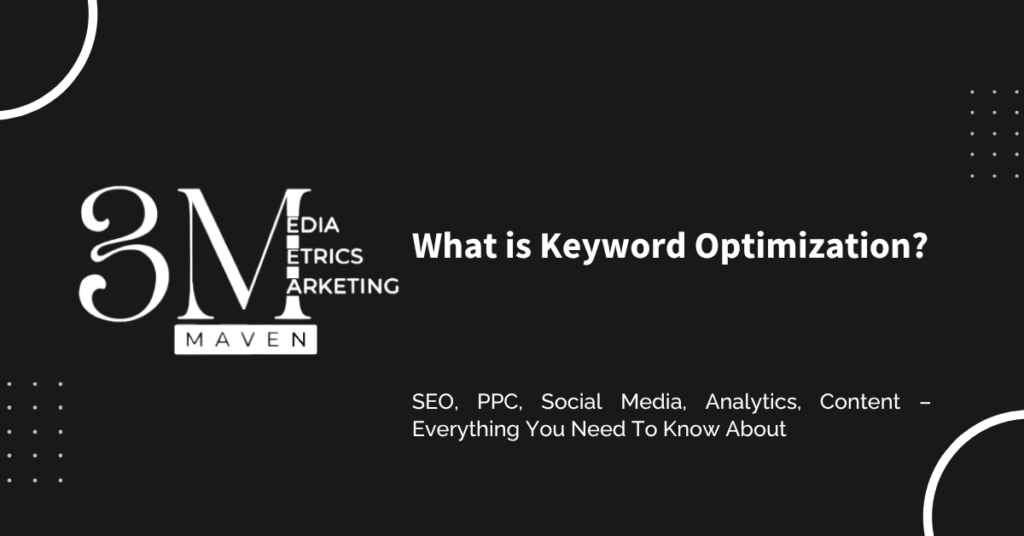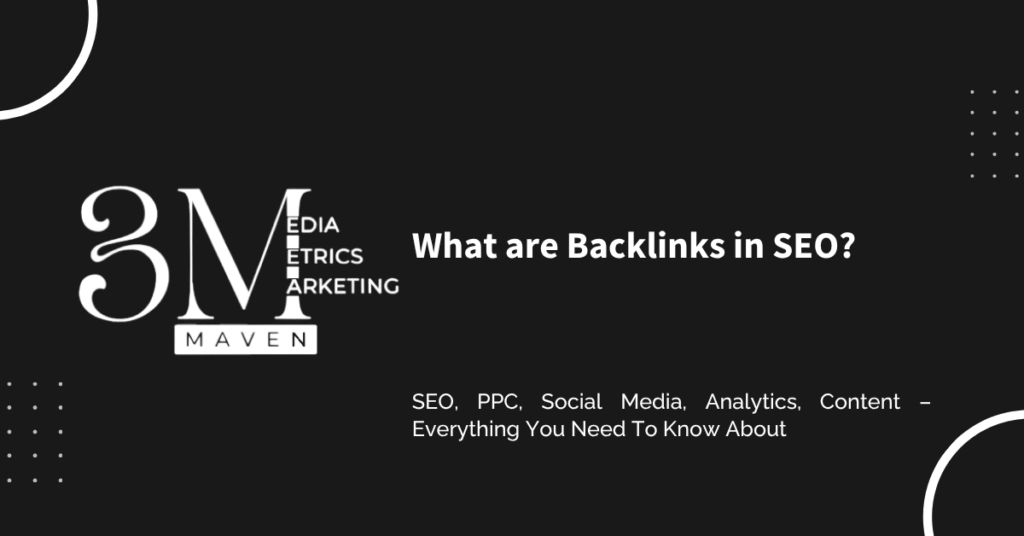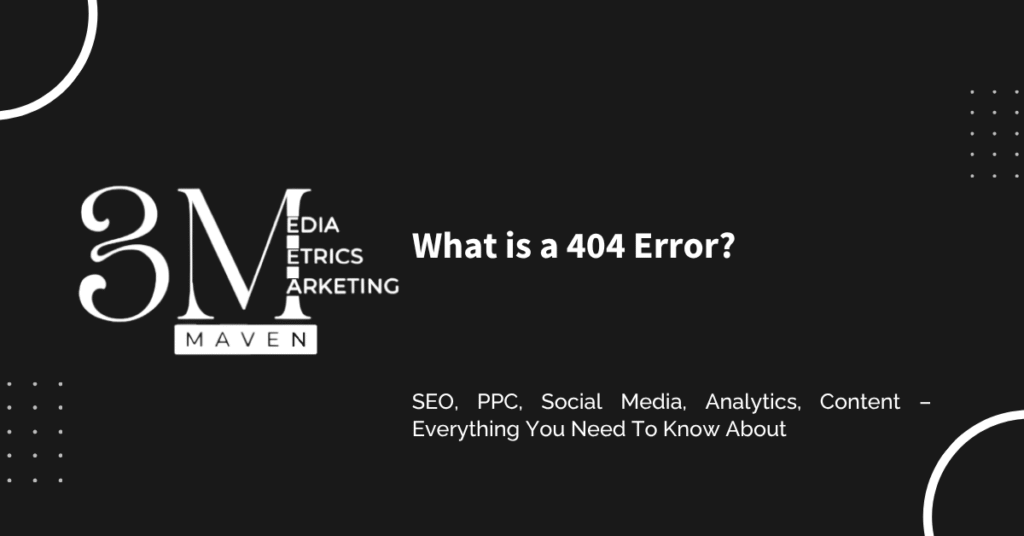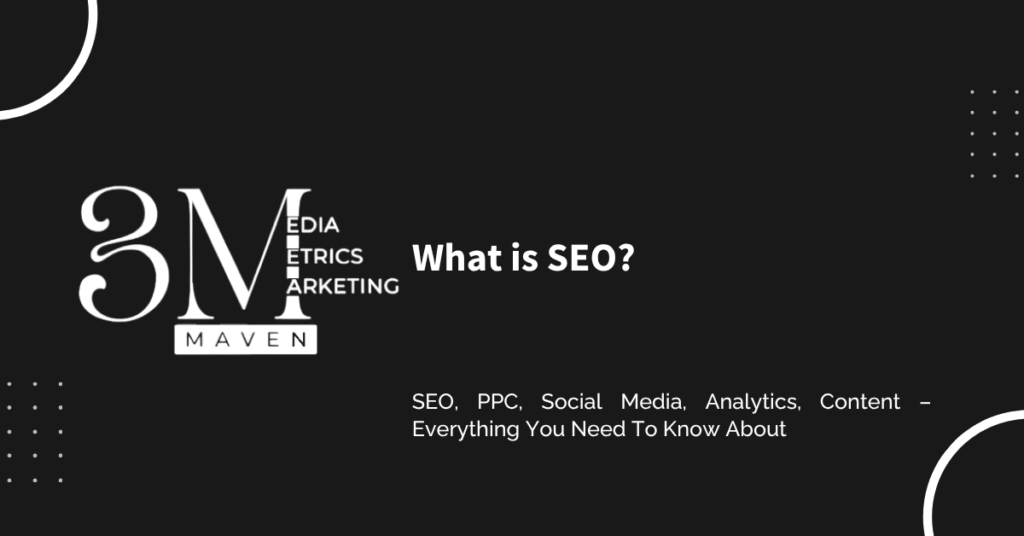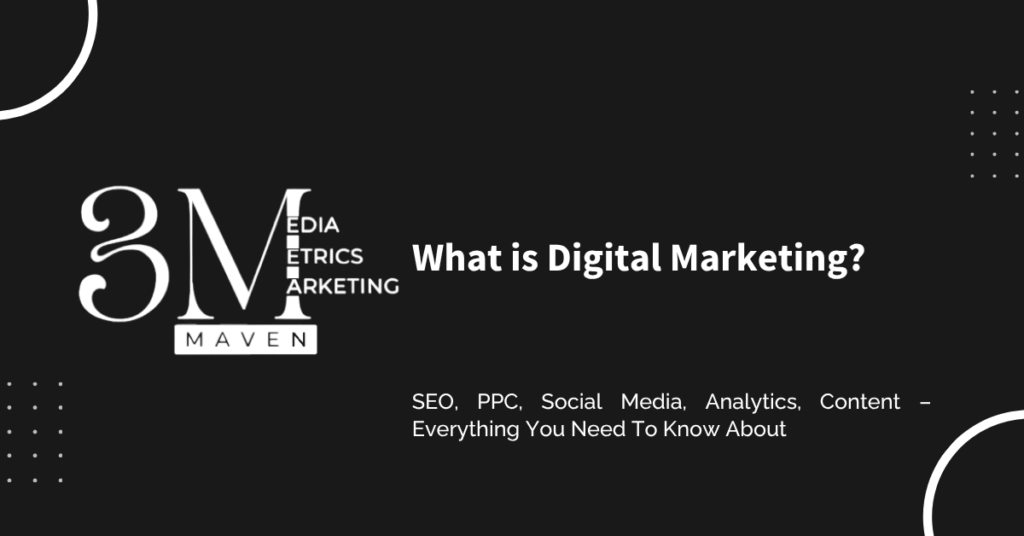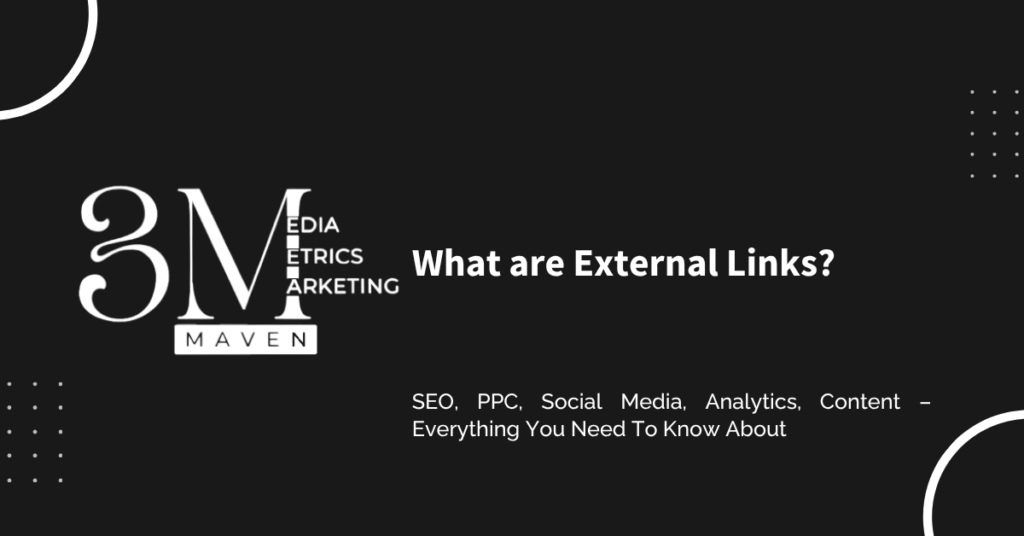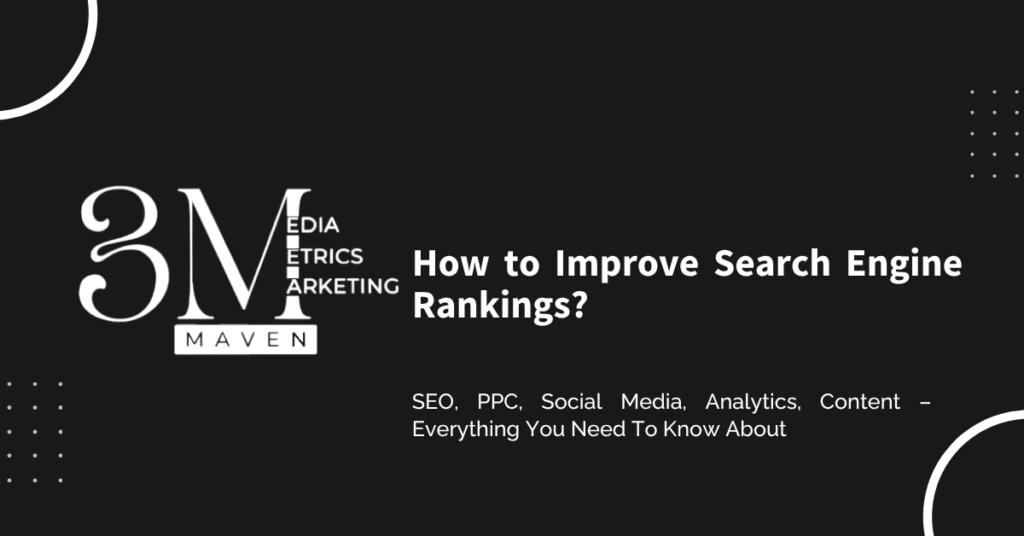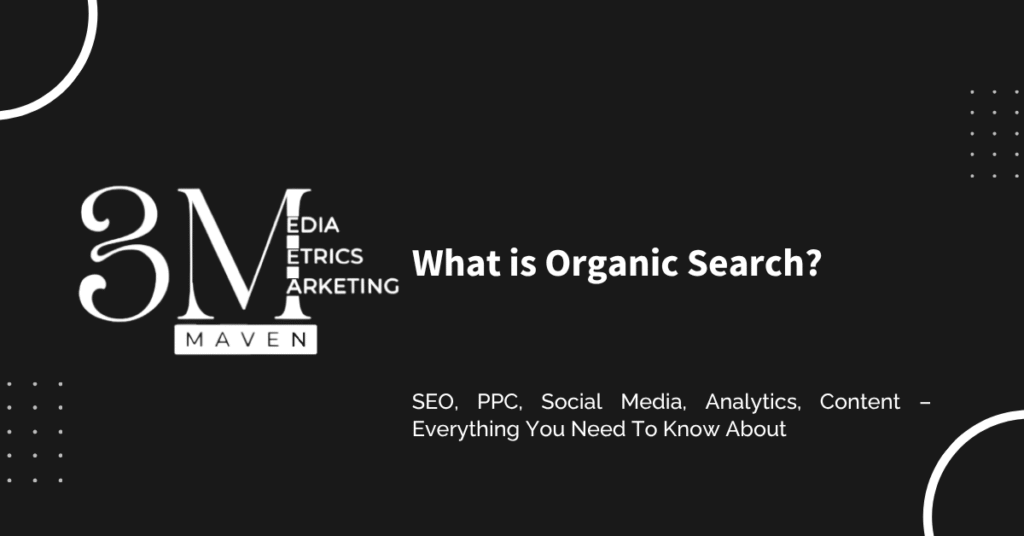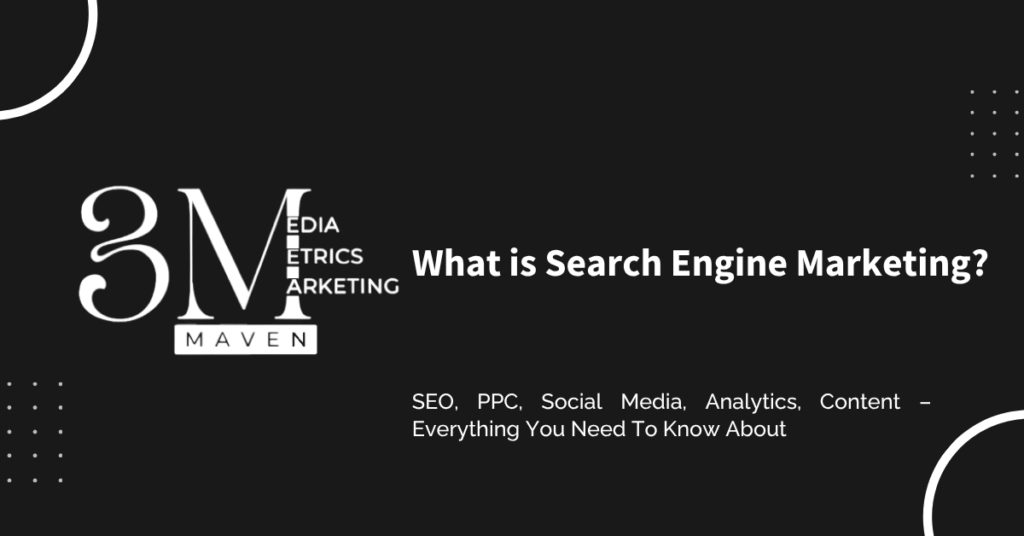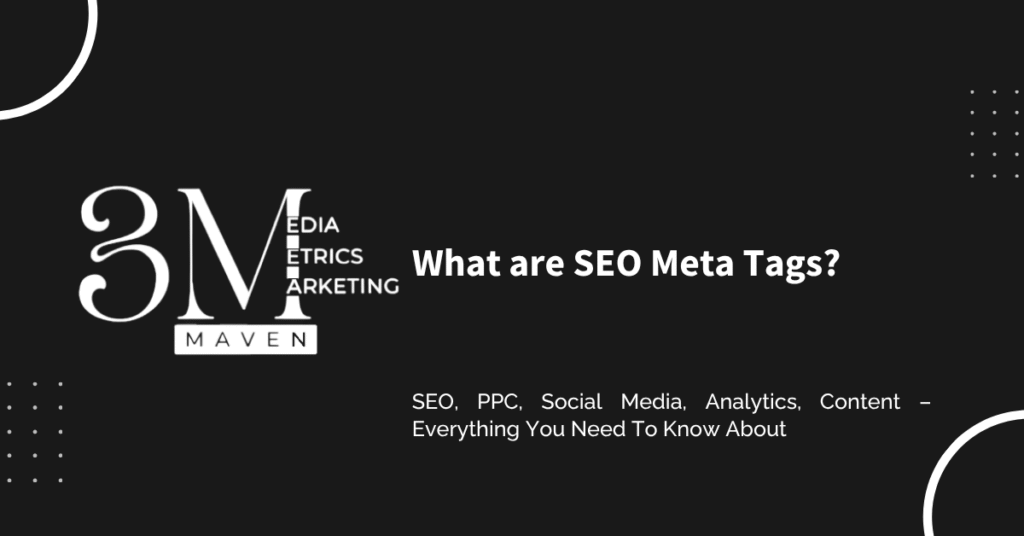What is Keyword Optimization?
What is Keyword Optimization? Keyword optimization is enhancing your pages using target queries to help people find your website in search engines. It’s about using the right keywords in the right places and in the right ways. It’s not about analysing, finding, and choosing keywords. That’s keyword research. Why is Keyword Optimization Important? Provides Value to Users: SEO keyword optimization is about being able to provide value to your users, just as much as it’s about pleasing search engines. Ensure to create high quality content using the right keywords to meet your audience’s needs and wants. This helps to improve user experience and increase credibility and trust. Enhances Visibility in Search Engines: Keyword optimization indicates to search engines that your content matches search queries. Therefore, improving your site’s online presence. Using relevant keywords can make your content rank at the top position of search engine results pages (SERPs). This can lead to increased traffic, leads, and conversions. How to Optimise Keywords to Boost SEO Success Create Quality Content: Quality content that’s relevant, engaging, and useful to your audience, has higher chances of appearing in search results. One of the best ways to do this is to understand search intent – reason behind a user’s search. Ensure to utilise it in important parts like the introduction, subheadings, body paragraphs, and conclusion. Write Good Title Tags & Meta Descriptions: A title tag is a HTML snippet that mentions the page title and shows in search results. Meta description provides a brief description of the page and shows in search results. A well written meta description and title tag that includes primary keywords helps search engines understand what your page is about. Be sure to keep your title tags between 50-60 characters, and the whole title can be seen in SERPs. Meta descriptions should be around 105 characters. Optimise HTML Headings: Using HTML headings – that specifies subheadings and the structure, helps search engines understand what your page is about. And easily navigate it. The tag used for the main page title is the H1 tag. Ensure to keep your H1 tag below 60 characters, mention the target keyword, and it must align to the title tag. Utilise H2, H3, etc. to structure your content and make it easier to read. User-Friendly URLs: Ensure to create user-friendly URLs so they’re descriptive and easy to understand for users and search engines. For example, look at these two URLs: Good URL: https://3mmaven.com/blog/search-engine-optimization-seo/ Bad URL: https://3mmaven.com/blogsearchengineoptimizationseo The first one is without a doubt, much simpler to comprehend. To make a good URL, make sure it has the target keyword included, short and concise, and in natural language. Group Similar Keywords: Grouping keywords can help you target a whole group with a single page. Sometimes, people search for the same things, just in different ways. Therefore, by using many terms, it can help to appear in search results. You can do this using Keyword Strategy Builder. Map Keywords: This is the process of including specific keywords to different pages on your site. Which helps in optimizing your site structure. Optimise Images: Keyword optimization a key aspect of digital marketing, also involves optimising images that gets you traffic from search results, image search results, and Google lens results. There are many ways to optimize images. Few ways are adding target keywords to image file name, alt name (description of image in HTML), and image captions. Monitor your Keyword Performance After you’ve optimized your content, it’s now time to measure the performance of it. Rankings are subject to change due to algorithm updates, new competitors, and user behavior. So, it’s important to continuously track your results and refine content when and wherever needed.
What is Keyword Optimization? Read More »
